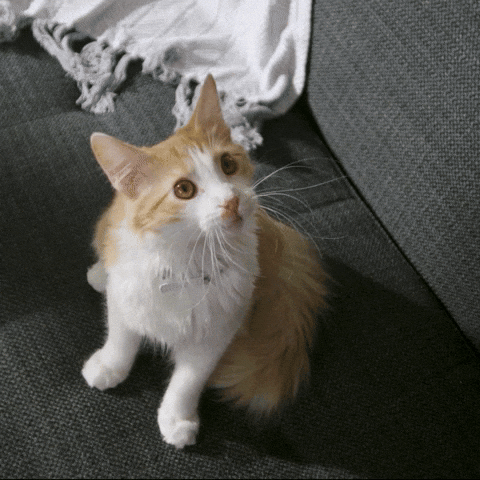A Sounder of Pigs...
... and a smack of jellyfish!
I bet you have never stopped to think about what we call a group of pigs…. or jellyfish!
There are some wonderful ways to talk about groups of animals, and not just use expressions like "a bunch of…" or "some…" but actually find and learn those wonderfully weird and often whimsical names like a "murder of crows" or a "flock of sheep"?
These are called collective nouns, and they're a fascinating part of the English language!
You might already know some common ones, like a "herd of cows" or a "school of fish." But did you know that a group of pigs is called a sounder? Or that a shimmering gathering of jellyfish is known as a smack? Pretty cool, right?
These unique terms add a splash of colour to our language. Imagine saying, "I saw a murder of crows cawing in the trees" instead of "I saw some crows." It's much more evocative and fun!
Collective Nouns You Use Every Day (Probably!)
Before we dive deeper into the more unusual animal groupings, let's look at some collective nouns that are so common you might not even realise they are collective nouns! These aren't just for animals; they're used for people and things too:
Family: "My family is coming to visit this weekend." (A group of relatives)
Team: "Our soccer team won the championship!" (A group of players)
Staff: "The office staff held a meeting." (A group of employees)
Audience: "The audience applauded loudly." (A group of spectators)
Class: "The science class went on a field trip." (A group of students)
Collection: "She has an impressive collection of stamps." (A group of items gathered together)
Bundle: "He carried a bundle of newspapers." (A group of things tied or wrapped together)
These are just a few examples, but they show that collective nouns are a fundamental part of how we describe groups in English.
But let’s get back to the more delightful collective nouns to tickle your fancy:
A pride of lions (majestic, just like the animals!)
A parliament of owls (wise and watchful, perhaps?)
A business of ferrets (they always seem to be up to something!)
An army of ants (organised and relentless!)
A tower of giraffes (makes perfect sense for such tall creatures!)
Aren't they great? They often paint a vivid picture of the animals themselves or their behaviour.
Watch this to help you with more common collective nouns…
The more USEFUL ones… other than saying ‘a group of…’ or ‘some…’
And then for the fun ones…
Now, here's a little secret for you….
Even native English speakers, and yes, even your English teachers, don't know all of these!
Yep! It’s true!
There are hundreds, maybe even thousands, of collective nouns out there, some more commonly used than others. Many are quite old and aren't used in everyday conversation. For example, while "a murder of crows" is fairly well-known, you're unlikely to hear someone casually refer to "a lamentation of swans" (though it's a real one!).
Plus… talking all things cats and kittens… the most commonly recognised and delightful collective noun for a group of cats is a clowder.
So, don't feel overwhelmed trying to memorise them all. The goal is not to know every single one, but rather to:
Appreciate the richness of the English language. These nouns are a testament to our language's creativity.
Have fun with them! Using them can make your writing and speaking more interesting.
Be aware that they exist. If you come across a strange-sounding group name, you'll know it's probably a collective noun!
The next time you see a group of animals, try to remember if there's a special collective noun for them. You might surprise yourself with how many you already know, and you'll definitely enjoy learning some new and quirky ones along the way.
Happy exploring the wonderful world of collective nouns!



